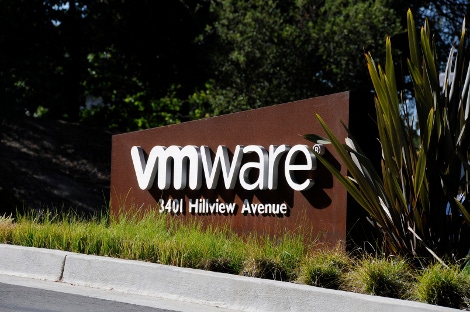VMware Doubles Size of EVO:RAIL ClustersVMware Doubles Size of EVO:RAIL Clusters
Vendor positioning EVO:RAIL as building blocks of software-defined data centers
May 26, 2015

VMware has doubled the number of virtual appliances that can be configured using VMware EVO:RAIL software, going from from four to eight for a total of 32 nodes in a single cluster.
Mornay van der Walt, vice president of the EVO:RAIL Group for VMware, says that over time EVO:RAIL will fundamentally shift the focus of the data center away from servers to instances of hyper converged virtual appliances.
“Rather than thinking in the context of servers, we’re trying to get people to embrace appliances,” said van der Walt. “The goal is to be able to scale out using a set of repeatable, reliable processes.”
In third quarter of this year, van der Walt says, VMware will extend the size of an EVO:RAIL cluster by making use of recently unveiled VMware vSphere 6 virtualization and VMware VSAN 6 platforms underneath it to provide even higher levels of scale.
Fundamentally, he says, EVO:RAIL changes the delivery and consumption model surrounding IT infrastructure in the data center. Such appliances are not only simpler to scale out, they also provide a non-disruptive method for introducing patches and updates into the environment. As a result, the overall cost of maintaining data center environments drops significantly.
EVO:RAIL appliances are actually the building blocks that IT organizations will rely on to make the shift to deploying software-defined data centers, according to him.
Of course, like with any technology transition, there is a learning curve involved in making the transition to EVO:RAIL. The worse thing that IT organizations can do, says van der Walt, is treat it as if it was a server.
IT organizations need to make sure the network is configured properly before installing it. But once they get past that initial deployment, each appliance can either be configured to be automatically included in an existing cluster or be deployed as the foundational element of a new EVO:RAIL cluster.
VMware is not the only vendor painting a picture of a bright SDDC future. But in terms of IT management expertise VMware is clearly among those who are furthest along. The challenge facing IT organizations is determining not only the rate at which they want to make the transition to an SDDC world, but also how much they want to rely on a single vendor to get them there.
About the Author
You May Also Like







